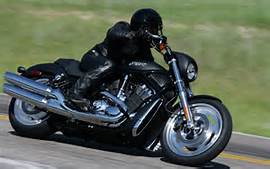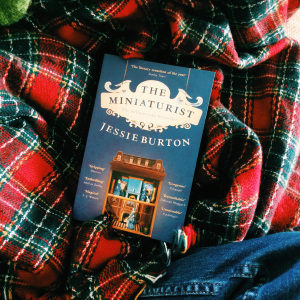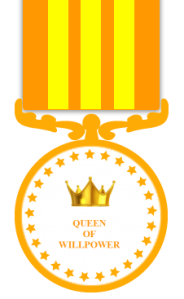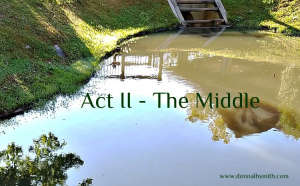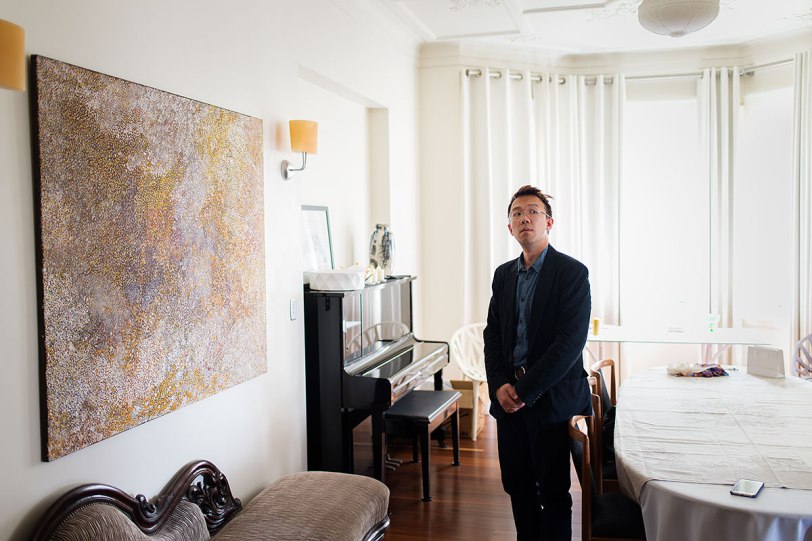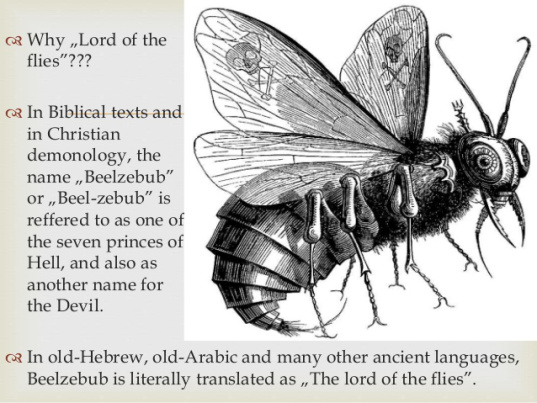
“We did everything adults would do. What went wrong?”
The 1954 novel by William Golding is different from most novels. Not many books written back then, and certainly not now, have a main, centralized theme dealing with humanity’s inborn savagery. Also interesting, is the fact that Golding chooses to illustrate this theme through young children (who society typically views as innocent). Virtually every object in this book is an allegory, everything from the Conch to Jack’s hair. The Conch represents order and civilization, while Jack’s physical appearance is a symbol of disorder and savagery. It is also worth noting that Ralph is the one who holds the Conch the majority of the time, he summons the “tribe” with it, and is even protective of it. The Conch and Ralph together represent order, which is why the two are almost never separated. If Golding had not used child characters for this novel, it may have made less of a sticking impression. Evil is rarely portrayed in children in such extreme ways. It’s common for adults to commit heinous acts in books and films, but children doing the same is less common. Underneath all this, Lord of the Flies is making the statement that human nature is never good at heart, and this can manifest even at the youngest age. But “we did everything adults would do.” So what went wrong? Maybe adults and children are no different when you really study it. What went wrong is nothing that wasn’t already wrong. The natural state of man. We did everything adults would do and that still wasn’t enough because the ugly human nature doesn’t care about convention or rules. Society likes to believe that children “lose” their innocence eventually but this novel suggests differently. It suggests children, and human nature, are tarnished from the start. William Golding was inspired to write the novel by what he saw and experienced in WW2.
Advertisements Share this:
